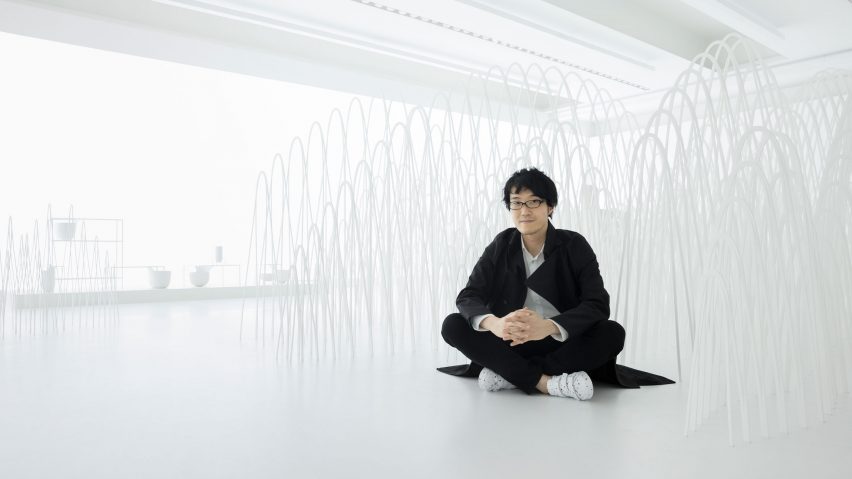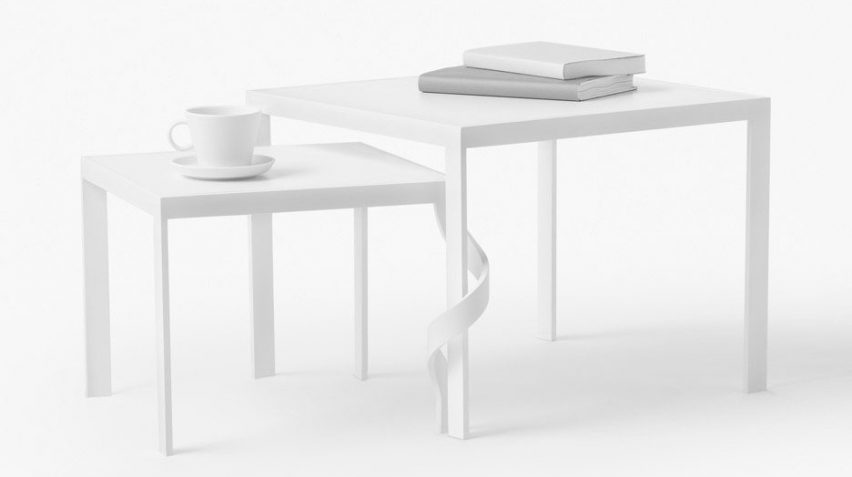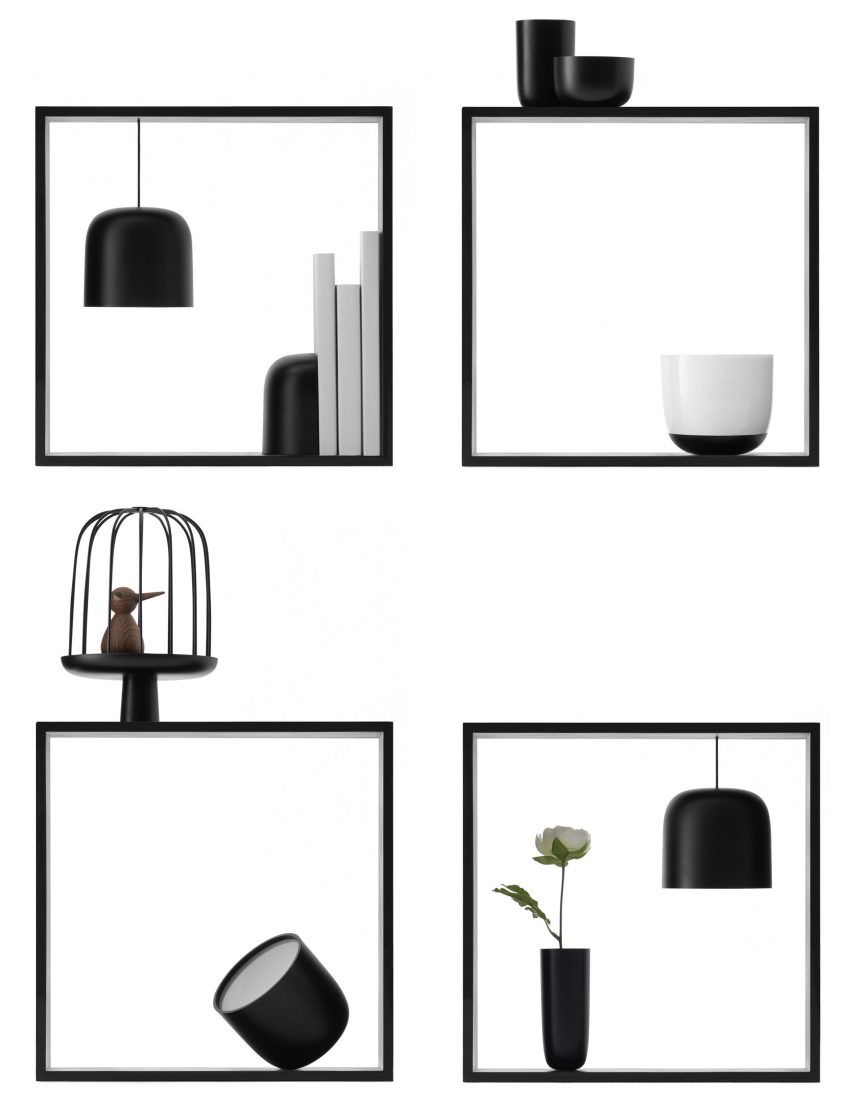
"Technology should look like something in your grandmother's room" says Oki Sato
Designers should rethink the high-tech look of gadgets according to Nendo founder Oki Sato, who has also called most of today's smart devices "useless".
The prolific Japanese designer said that contemporary gadgets were designed to "look like technology", when they should instead blend in with home interiors or the environment they belong in.
He said that as well as being less distracting on the eye, this approach would help to reach potential consumers who are currently alienated by technology.
"I think the technology shouldn't look like technology; it should look like something in your grandmother's room, and it should blend into everyday life," Sato told Dezeen. "It shouldn't distract you, and it should be linked with your feelings and your emotions."
"It's important that it doesn't look high-tech – that scares people sometimes," he continued. "When I design things that use technology, I try to think if my grandmother can use it. I think it's very important that she doesn't get scared."

Sato is known for working on roughly 400 projects at a time; however, he has so far resisted designing gadgets or incorporating internet-of-things (IoT) technology into his products.
He said he was sceptical about such smart devices, because in the absence of electricity or Wi-Fi, they could be rendered useless.
"I feel that more than 99 per cent of these things are useless in a way," said Sato. "You have these super-high-tech toilets, for instance, which warm your butt, which flush, which create music, which do everything for you, but then you notice that all these Japanese guys come to America or Europe where the toilets do nothing for you and they get afraid of it."
"It's kind of strange isn't it? You lose your smartphone and you can't even wash your butt anymore!"
The rise of the IoT, which sees ordinary household objects turned into networked devices that speak to each other via the internet, has already spawned connected kettles, smart doorbells and a toothbrush that tracks your oral hygiene habits.
Established industrial designers have turned their attention to networked technology in recent years, including Philippe Starck, who created voice-controlled smart radiator valves for Netatmo, and Barber and Osgerby, who produced the Beeline connected bike compass through their creative consultancy MAP, while San Francisco-based Yves Behar has made such devices his specialty.
Diverse brands are also dabbling with the IoT – from IKEA with its Tradfri smart lighting to Herman Miller with its Live OS office furniture.

However, Sato has stayed mostly analogue in his output, and also said he is wary about how much technology is used in the design process.
"Technology is good, of course, but it's kind of dangerous in a way," Sato said. "At the moment we have eight 3D printers in our studio working 24 hours a day, and if we lose electricity we can't design things any more. In the end the sketchbook works the best."
"I think we really need to find a balance between technology and things that do not use any electricity or have anything to do with the internet."
Sato spoke to Dezeen at the opening of Nendo's Invisible Outlines exhibition, which provided a calming white sanctuary for the harried visitors of Milan design week earlier this year.
He founded Nendo 15 years ago after graduating from Japan's Waseda University with a masters in architecture. The studio is best known for its furniture and product design, which has ranged from tangled tables for Cappellini to a construction-inspired rocking horse for Kartell.
Sato joins Rem Koolhaas in expressing concern about the trend towards ubiquitous networked devices. Koolhaas criticised the lack of privacy protection, while British motoring group The AA have picked up on the devices' potential vulnerability to hackers.
Sato, who was born in Canada, was placed first in the list of designers in the inaugural Dezeen Hot List, our guide to the most newsworthy forces in global design.